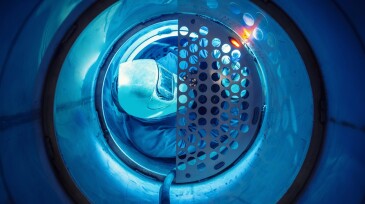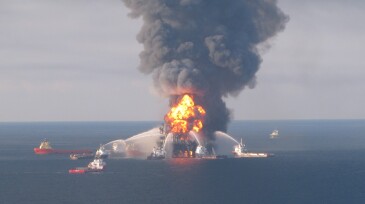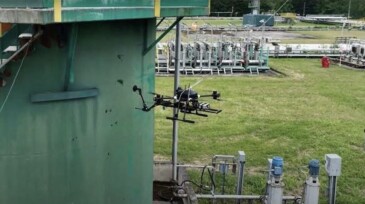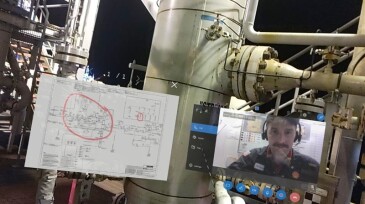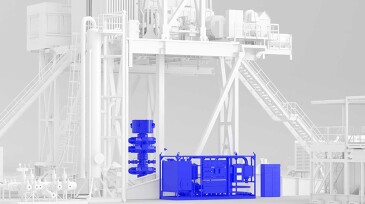Safety
This study ascertains the capital expenditure and operating expenditure associated with the reuse of existing facilities, specifically regarding a carbon capture and storage project being prepared in South Korea.
Sponsored
Advance your career with the new Pipeline Engineering Program at the Technical University of Leoben, a 5-month course combining on-campus and online learning, integrating industry expertise, engineering practice, and future-ready skills for professionals in oil, gas, and emerging energy systems.
A resilience-based approach to safety was the focus of a panel of experts at the 2025 SPE Annual Technical Conference and Exhibition in Houston.
-
The National Institute for Occupational Safety and Health and its predecessor, the US Bureau of Mines, have significantly contributed to enhancing the safety of miners and to applying new technologies to the mining industry.
-
This paper looks in detail at the technical advances of new digital confined-spaces monitoring technology and how the technology maximizes worker safety and efficiency.
-
Real-time location systems have emerged as invaluable tools for enhancing safety and efficiency in the operations of oil and gas organizations. This paper investigates the various applications of the technology within the industry, highlighting its transformative effect on safety protocols and operational efficiency.
-
It has been 15 years since an explosion ripped through the Deepwater Horizon, an oil rig operating in the Gulf Coast region, triggering the worst oil spill to occur in US waters and one of the worst environmental disasters in US history. Is the offshore environment safer now than it was in 2010?
-
Commercial diver Chris Lemons will speak at this year’s conference for an exclusive keynote recounting one of the most extraordinary survival stories in the history of offshore operations.
-
A robotic arm, camera system, and virtual reality helped EniProgetti and University of Naples researchers overcome the major challenges of direct-contact nondestructive testing using a drone.
-
Shell’s combination of digital worker technologies enables collaborative troubleshooting and inspections while reducing travel and boosting efficiency.
-
TechnipFMC diver Stuart Cowie shares his 17-year experience working as a saturation diver in the oil and gas industry and how to manage mental health and well-being during the often-isolating work demands.
-
The new look at the plan involves considerations for national security.
-
The technology, which uses Industrial Internet of Things components, aims to reduce the costs and improve the safety of drilling operations.





